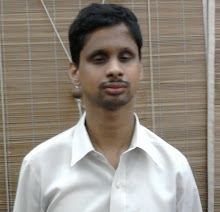The reason everyone in the house agreed on this point was that the money comes from tax payers and the software should belong to all we tax payers.
Here is a latest case of how dangerous can proprietory software be to public at large.
MHADA's lucky draw for the housing scheme seems to be flawed
the details can be found at http://www.squidoo.com/mhada-lucky-draw
and also in all the recent news papers.
High court is still in doubt about the entire deal and it seems that the software was manipulated for bennifiting some people.
On one hand there are people who did not get a single flat and on the other hand in just a lot of few applications there are many cases where people have got 3 flats.
In one case a gentleman got 3 flats on a sequence of 3 numbers seperated by 4 each and another person got 3 in a row, that too in the much sort after, lokhandwala complex.
Analysts say that such a lot of cases in a few thousands of numbers can't be "just randum ".
The court will investigate and we never know what will be the eventual outcome. But the question in context is,
"if such public sector schemes will be run using proprietory digital technology like a proprietory software for a lucky draw, then how would one know if the software is realy flawed and manipulated or is it pure?"
In the said case, had the software available as free and open source, any 3rd party expert could have been brought to find out the reality.
Today every thing is uncertain about this digital lucky draw because we *don't* and *will* never know the reality of the software in question.
This case is a best example to stress the need for exclusive use and development of FOSS in public sector.
A software created for such a big public housing scheme can't be so week and flawd that

infact same should be applied to the EVM machines..So, that everyone can contribute to it and make it flaw proof...
ReplyDelete